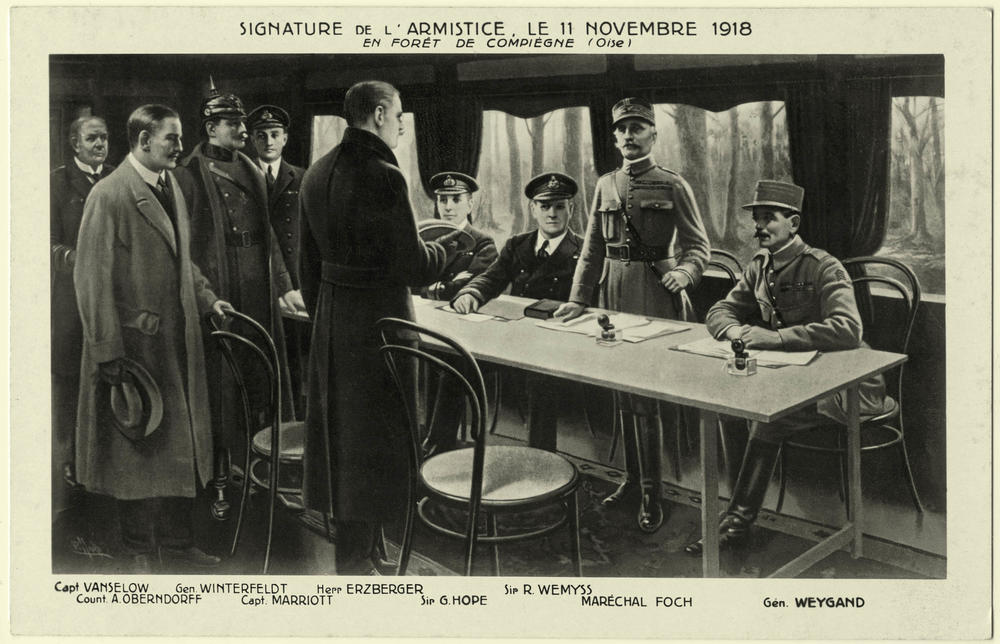At the Negotiation Table?
Eighty Years after the End of World War Two
Engaging with the past can contribute to better understanding the present, but history cannot function as a guidebook for decision-making. Nevertheless, history is often drawn upon for useful lessons on how to (or not to) guide current policymaking. One of the most important tasks of historians is to be critically involved with how politicians and the general public make use of history, including the history of war and peace.
Many people view the two world wars as a point of reference, admonishing that war should be avoided and peace must be maintained at all costs: No war, never again! Others focus their attention on the events preceding World War II, in particular the Western powers’ decision to appease Adolf Hitler. They conclude that dictators determined to wage war cannot be stopped by constantly negotiating and making concessions: Never again Munich! Which side individuals tend to support in the current situation in Ukraine is determined in part by whether they view the current threats as being similar to those of the National Socialist regime prior to World War II, but also by which value they ultimately prioritize most highly: freedom or peace.
One supposed lesson from history that is circulating today is certainly inaccurate, namely that sooner or later wars always end at the negotiating table, so it would be preferable to refrain from further arms deliveries to Ukraine and, instead, engage in dialogue with Putin. World War II did not end through negotiations, but through the unconditional surrender of both Germany and Japan. The Allies set this goal at the Casablanca Conference in 1943. The Vietnam War also ended with a declaration of surrender.
The armistice ending World War I on the Western front was signed in a railway carriage in the Forest of Compiègne on November 11, 1918.
Image Credit: Picture Alliance / akg images
World War I did not actually end through negotiations either. The armistice on the Western front, which came into effect on November 11, 1918, was not preceded by negotiations. The terms of the armistice were dictated to the German delegation and amounted to a capitulation, making it virtually impossible for Germany to resume the war. According to these terms, German troops were required to withdraw from all the occupied countries and Alsace-Lorraine, French troops were to occupy the German Reich’s territories on the left bank of the Rhine, and German troops were to surrender a large quantity of weapons and military equipment, while the British naval blockade was not lifted.
The Paris Peace Conference, which began in January 1919, excluded the defeated. The German delegation was not consulted. A peace treaty was presented to the German delegation in May. German objections only led to minor changes. The peace treaty was signed in Versailles in June, despite German protest, after the victors had threatened to resume military action.
Evidence suggests that Putin is aiming toward ending Russia’s war with Ukraine along these lines, bypassing negotiations with Ukraine on equal terms. As long as he proceeds along this path, people in the West should not indulge in the illusion that a truly negotiated peace will be possible.
Oliver Janz is professor of modern history at the Friedrich Meinecke Institute, Freie Universität Berlin.Further Information
This article is part of the series ‘How do wars finally come to an end?’. You can read it here in German.


